Learn : Exercise & Enrichment
Dog Weight Management: Gaining and Losing Pounds Safely
Dogs come in all shapes and sizes, but whether you have a toy breed like a Miniature Pinscher or a giant Irish Wolfhound, all dogs can live longer and enjoy a better quality of life if they maintain a healthy weight. While being overweight or obese is a far more common issue among dogs today, underweight dogs face the risk of serious health problems too.
The Ultimate Goal: Maintaining a Healthy Weight
Because weights, sizes, and overall body type can vary so widely between and even within breeds, it is important to identify a healthy weight or body type based on your dog’s specific frame. While weight can be a useful way to track gains or losses over time, a Body Composition Score (BCS) may be a more useful and informative method for determining weight goals for your dog. To determine your dog’s BCS, review the chart below and then conduct a physical examination.
When using this or any canine BCS chart, it is important to understand that these descriptions and scores are only guidelines, and you may find some characteristics of your dog that fit with one score, while others fit with a different score. It is also critical that you are honest in your assessment so that you have a more accurate weight management plan to work toward an ideal body composition.
Losing Weight Safely
Being overweight is one of the most common health issues among dogs today. According to the American Animal Hospital Association, nearly 60% of all pets are overweight or obese, which can lead to a range of health issues that shorten lifespan and reduce the overall quality of life. While there are many great articles addressing canine obesity, with information to help parents of overweight dogs get them back to a more healthy weight, the most important thing to keep in mind is that you want to approach weight loss as a life change, not a crash diet.
BCS and Goal-Setting
Using the same BCS chart above, determine your dog’s score so that you have a clearer understanding of how much change is needed. Work with your veterinarian to calculate an ideal weight for your dog, and using that ideal weight, calculate his RER. For weight loss, it is recommended you feed him only enough calories to meet his RER until he is closer to his goal, then slowly increase calories as necessary to maintain his ideal weight (usually 1.1 times RER). A healthy weight loss rate is between 0.5 to 2% body weight loss per week.
Choosing The Right Dog Foods
While your veterinarian may recommend a therapeutic diet in some cases, typically any complete and balanced food can be part of a weight loss regimen as long as portion sizes in the diet are controlled properly. Dog foods that are higher in lean proteins and somewhat lower in fats and carbohydrates can be helpful. For seniors and younger dogs alike, protein is especially important for helping to maintain muscle mass in a restricted-calorie diet.
Exercise Patience
Two of the most important ingredients in any weight loss program are exercise and patience. Controlling what he eats is crucial, but getting your dog moving and burning more calories builds muscle mass that will burn calories even when he is not exercising. Additionally, rather than viewing this as a plan to help your dog lose weight, think of it more as a new, healthier lifestyle that incorporates more exercise and healthy portions. This long-term view will reduce the pressure of meeting any specific short-term goals as long as you are staying on track over time.
And it will take time to make significant changes to your dog’s body type. That 0.5 to 2% weight loss goal per week may not sound like a lot, but over time it adds up, and soon your dog will be back to his ideal weight and primed to live his best life.
Gaining Weight Safely
Why is My Dog Underweight?
There are many reasons a dog may be underweight, including some very serious health issues that may be affecting the way he absorbs nutrients and energy from his food. If you assess that your dog is underweight, talk to your veterinarian as quickly as possible. From periodontal disease to exocrine pancreatic insufficiency, and even to conditions such as cancer, your vet will know the best course of action to deal with the underlying health issue causing your dog to lose weight.
Not all underweight dogs are suffering from such serious maladies, however. While it is not common, some dogs are simply extremely picky eaters. Switching to a different dog food may encourage him eat more so he can get his required calories and nutrients every day.
Some dogs lose weight as they age through a combination of reduced muscle mass and reduced body fat. Again, weight gain is a more common problem among senior dogs, but weight loss can be just as detrimental to overall health. In this scenario, a food that is more calorie and nutrient-packed may help your dog return to a normal weight. Just be sure to talk to your vet about changing up your food, as some higher-calorie dog foods designed for puppies may contain higher levels of other nutrients that you might not want.
Calculating Calorie Needs
One method of determining how much to feed for weight gain is to base calorie intake on a multiple of the dog’s Resting Energy Requirement (RER). The RER is a guideline that estimates caloric needs based on his ideal weight, not his current weight. Here are the steps:
1: Determine your dog’s ideal weight using the BCS table above (always work with your veterinarian).
2: Calculate your dog’s RER: 70 x (ideal weight in kg)0.75, or use the chart below (again, use ideal weight, not current weight).
3: Multiply the RER by a factor of 1.2-1.3 to calculate the calories needed to gain weight safely.
Can I Feed Human Food to My Dog?
While the occasional treat should not cause any harm, it is not as easy as you might think to develop a recipe for your dog that is nutritionally complete. Your vet may recommend that you supplement your dog’s usual food with some homemade food for additional calories or to increase palatability. In this case, stick to the suggested recipe until your dog returns to a more normal weight.
Exercise: Moving More May Lead To Eating More
It may seem counterintuitive, but encouraging your dog to get more exercise may actually trigger an increase in his metabolism, which could lead to a healthier appetite at mealtime. For severely malnourished dogs, take care not to over-stress weakened joints and muscles with high-impact activities like steep hikes or aggressive games. A brisk walk will be good for dog and owner alike and will serve the same purpose with less risk. Start small and build up as the dog’s endurance increases.
Helping Malnourished Dogs Recover
Unfortunately, some dogs are underweight simply as a result of owner neglect, being a stray, or other situations that make food scarce. For more severely underweight dogs, an important aspect of a recovery program is to slowly increase the amount of food available throughout the day. Offering a hungry dog a suddenly never-ending bowl of food could result in gastrointestinal distress, as the stomach and intestines adjust to processing larger amounts of food and absorbing more nutrients. By slowly feeding more over time, his body will adjust gradually.
The amount you feed a recovering dog is not the only factor to consider. A hungry dog may tend to gorge himself for fear that the food will be taken away, potentially leading to Gastric Dilatation Volvulus (or “Bloat”), a condition where the canine stomach fills with air, food, and liquid and gets twisted in the abdomen. This is an acute, life-threatening condition that is less likely to occur with more frequent, smaller meals eaten at a normal rate. If necessary, specialized food bowls designed to slow the rate of ingestion can help address this problem.
Smart, Not Fast, is The Name of The Game
As you work to get your dog back to his ideal weight, common sense, patience, and a watchful eye will serve you well. Keep in regular contact with your veterinarian as you gauge progress, and be sure to note any changes in behavior as you progress. Avoid aggressive treatments, and slowly but surely you should begin to see your dog’s body changing as he returns to a more ideal weight.


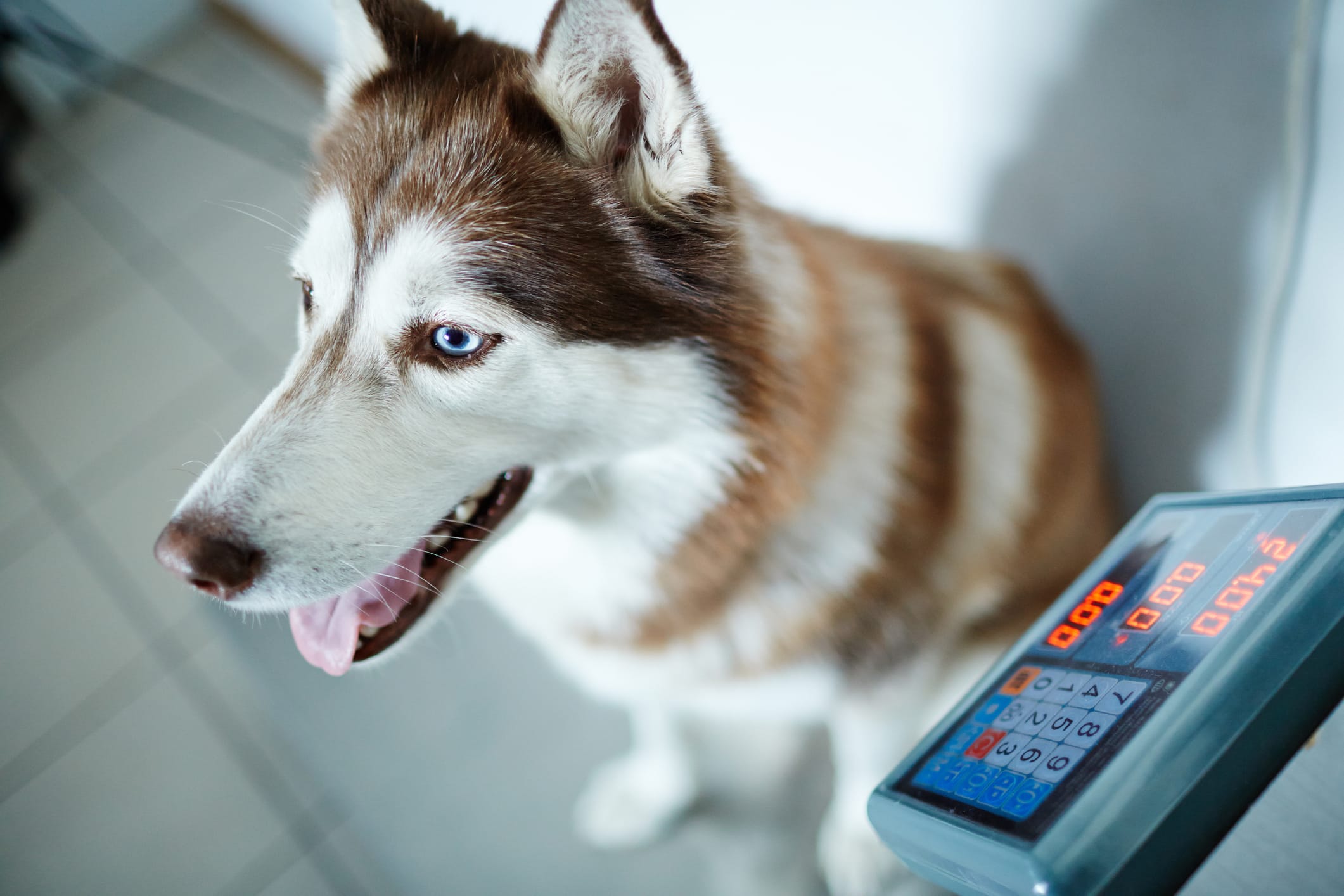
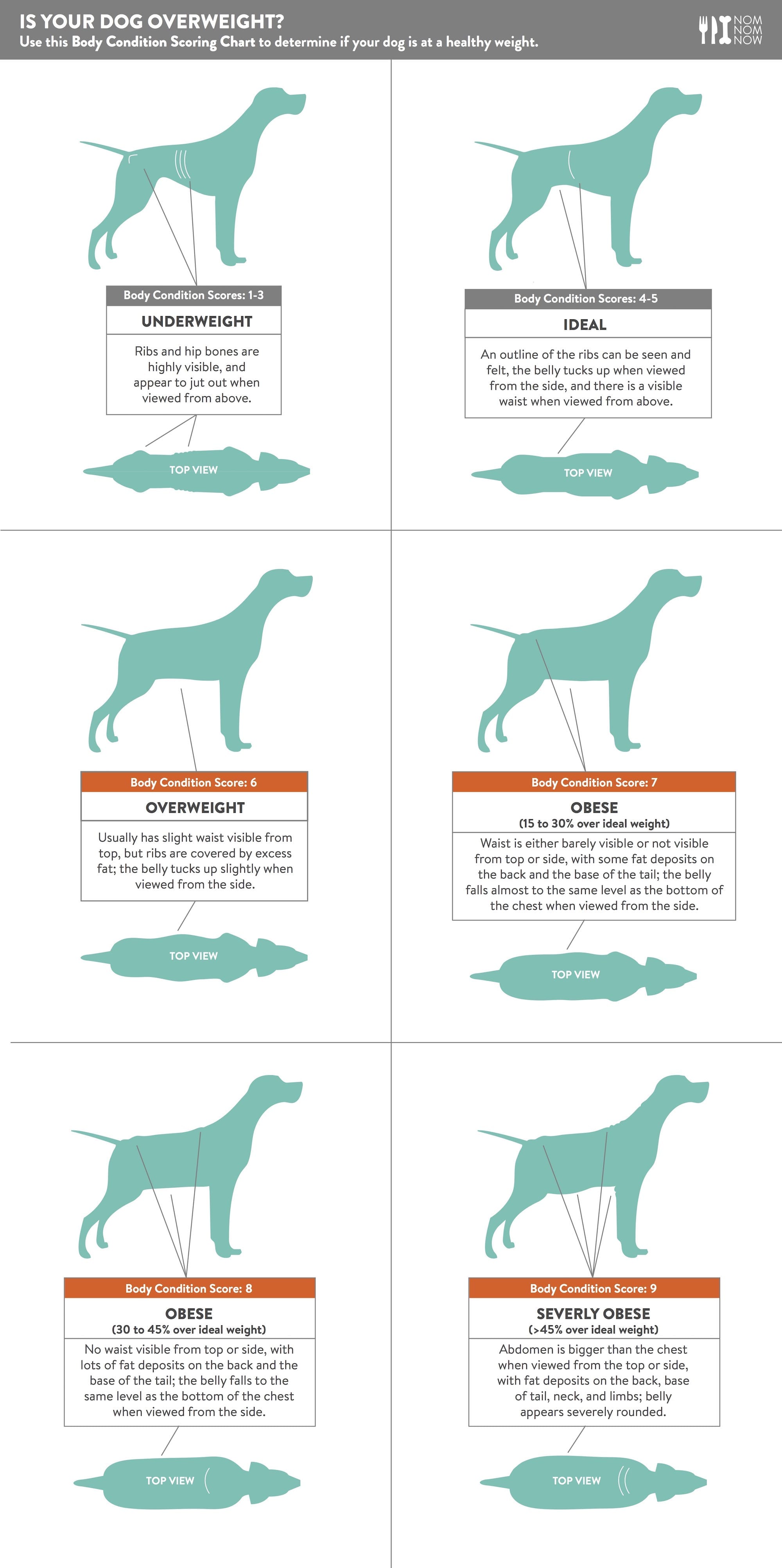
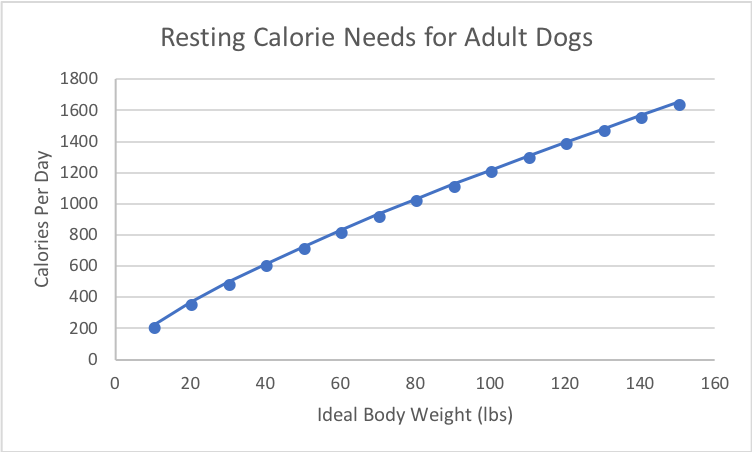
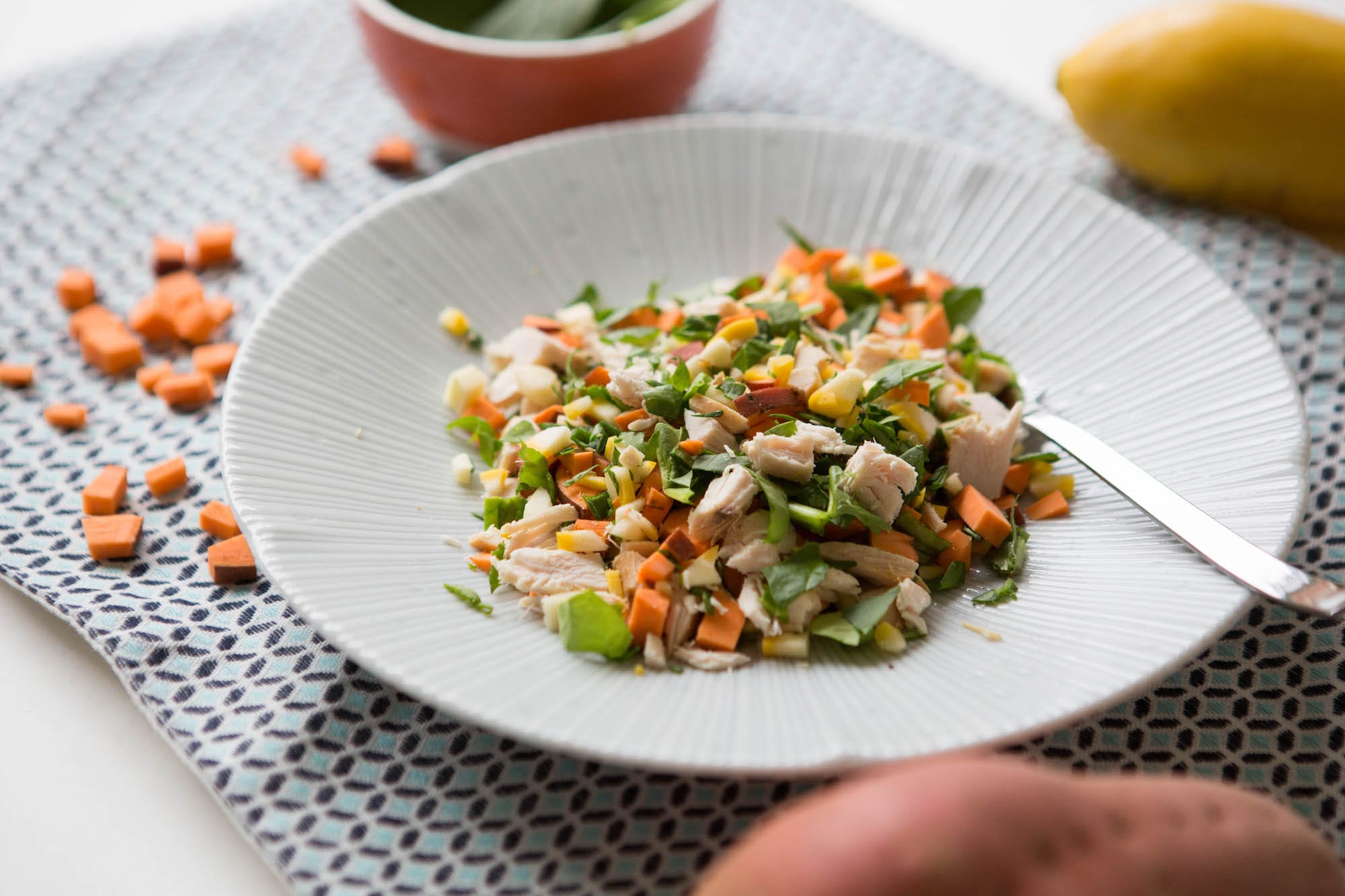 Benefits Of A Fresh Diet
Benefits Of A Fresh Diet
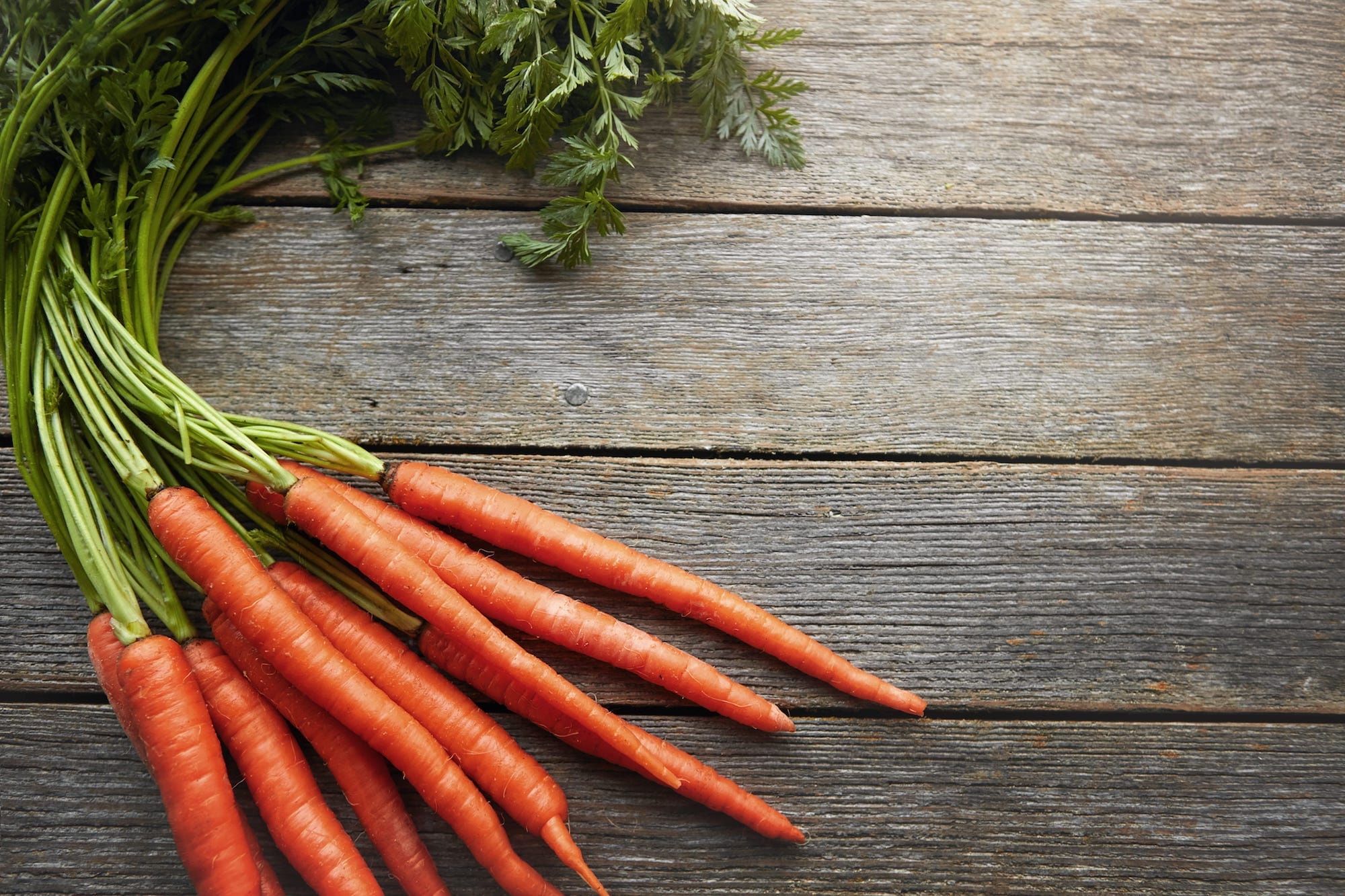 What Is NomNomNutrient Mix?
What Is NomNomNutrient Mix?
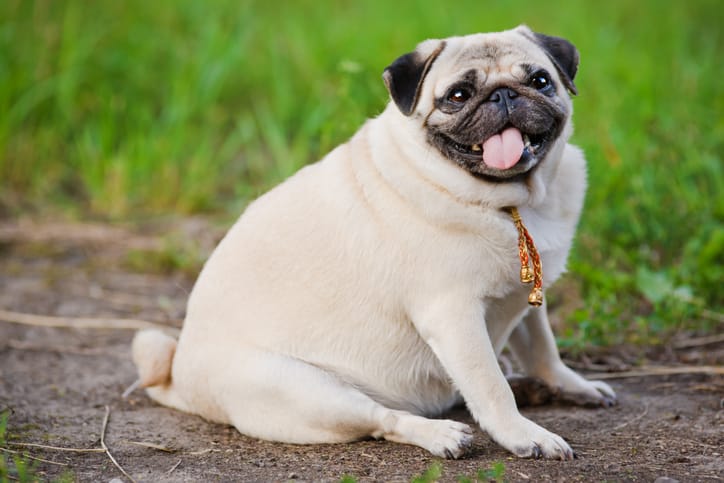 Obesity & The Microbiome
Obesity & The Microbiome